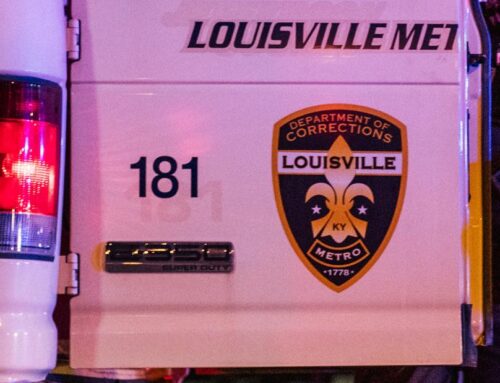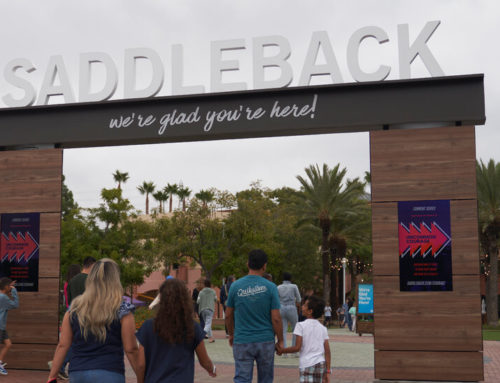This post was originally published on this site
“It’s kind of a dubious honor,” said Marcus Kauffman, spokesperson for the Oregon Department of Forestry, referring to the fire which has charred nearly 400,000 acres, although firefighting crews have been able to contain 38% as of Thursday.
“But it’s not all bad news,” he said. “In the last couple of days, the fire has only grown 1,000 acres per day, and for a fire of this size, basically that’s a really strong signal that fire behavior is moderating.”
Still, there’s still “a long road ahead of us to ensure the safety of the surrounding communities,” said Joe Prummer with the Northwest Interagency Incident Management Team.
But it’s not just nearby areas that are feeling the brunt.
Seventy-nine large fires have already destroyed nearly 1.5 million acres of US land, prompting the need for more than 21,000 firefighters and support personnel to respond to the blazes, according to the National Interagency Fire Center. Montana is home to the most fires, with 17, and Idaho following close behind with 16.
In addition, hundreds of fires are burning in the Canadian province of British Columbia, where a state of emergency was declared this week.
The smoke has traveled far and wide and is expected to continue causing health problems across the US.
The air quality in New York City, home to more than 8 million people, took a hit Tuesday when the smoke created a hazy skyline, making it the city’s poorest air in 15 years.
And while air conditions in the Northeast significantly improved Thursday — thanks to a cold front that pushed out some of that smoke –millions in the Midwest and Southeast are still breathing air compromised by the blankets of smoke that linger.
All of Indiana, most of North Carolina, and portions of Ohio, Kentucky, Tennessee and Virginia were under air quality alerts Thursday because the areas will be unhealthy for sensitive groups. The alerts also apply to cities including Nashville, Louisville, Raleigh, Charlotte, Indianapolis and Denver
Many areas in the Northwest and Rockies, where the wildfires are burning, are also under air quality alerts. On Friday, the smoke is expected to move further south, where it will pass over Atlanta, Georgia, and Birmingham, Alabama, before it moves back to the Northeast.
Largest fire takes toll on crews
The Bootleg Fire has demanded a massive response from firefighting crews — and presented some big challenges.
On Thursday, the fire managers reported that nine firefighters tested positive for Covid-19.
“Due to the number of positive cases, this will be reported to [the Oregon Health Authority] as a workplace outbreak,” the managers said. Under protocols developed with the OHA, anyone at a fire camp reporting symptoms must be isolated until Covid-19 results come back, along with their close contacts.
In addition, a firefighter got separated from his crew last weekend and was alone in the blaze for nearly three hours, officials said.
“He was not lost but got separated from his crew because he had to move in the opposite direction to maintain his own safety,” Kevin Keeler, a Nevada army guard helicopter pilot, said in a news release.
“The firefighter was in good spirits and was able to hike to the road to a waiting ambulance,” according to the JIC.
Bootleg Fire chars carbon offsets
To make matters worse, the Bootleg Fire has also spread through at least one-fifth of forests set aside for carbon offsets in the nearby area as of Thursday afternoon, according to a CNN analysis.
The trees in these forests, known as Klamath East, were meant to survive 100 years to remove climate-warming carbon from the atmosphere.
But since the Bootleg Fire started, flames have scorched nearly 90,000 acres of trees set aside to offset carbon emissions on behalf of businesses and individuals. That’s around a fifth of Klamath East’s total land, according to a CNN analysis.
The carbon offset area is owned and operated by the Green Diamond Resource Company, a forest products company.
Representative Patti Case of the Green Diamond Resource Company, which runs the carbon project at Klamath East, said it will be weeks after the fire is out before the company can assess the impact on its forests.
“While it may seem that nothing would escape the flames, often we find areas after the fact that are merely scorched and will survive. In other cases, the fire burns so hot that everything is devastated, and replanting is a challenge,” Case said.









